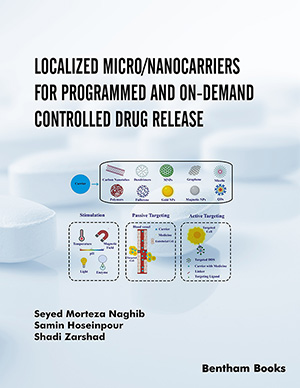Abstract
Tamoxifen, a non-steroidal antiestrogen, is the class representative of a group of drugs that include toremifene, droloxifene and idoxifene. Tamoxifen has been successfully used worldwide as adjuvant therapy in the treatment of women with breast cancer. However, such therapy results in a slightly increased risk of endometrial cancers. Lifetime exposure of rats to high doses of tamoxifen results in a high incidence of liver tumors. Tamoxifen itself is not genotoxic but is activated in the liver to α-hydroxytamoxifen. This is further conjugated to form the sulfate ester as the putative reactive intermediate. Studies with recombinant human CYPs show only CYP3A4 is able to catalyze the formation of α- hydroxytamoxifen and the irreversible binding of [14C]tamoxifen to DNA. CYP3A4 and CYP2D6 convert tamoxifen to Ndesmethyltamoxifen. The formation 4-hydroxytamoxifen is catalyzed by CYP2D6 and at a much lower level by CYP2C19. In women, detoxication of α-hydroxytamoxifen via a stable glucuronide occurs at a rate in the order of 100 fold higher than in rats whereas rates of sulfation are 3 fold lower than in rats. These factors, together with the low dose of tamoxifen used therapeutically in women, indicates a minimum risk of liver cancers. Results from 32P-postlabeling and accelerator mass spectrometry suggest that low levels of uterine DNA binding does occur but this is probably too low to play a role in uterine tumor development and it is more likely to be the estrogen agonist action of this class of drug that is the most important factor in tumor development in humans.
Keywords: tamoxifen, toremifene, idoxifene, cyp, glucuronyltransferase, sulfotransferase, accelerator mass spectrometry




















